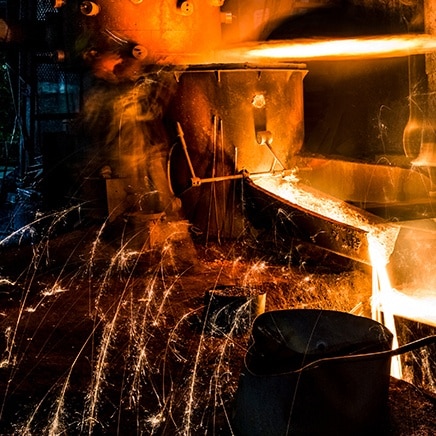James Watt, the Fly Ball Govenor, and the Early Days Process Control Loops
Have you ever heard someone use the term ‘balls out’? You know, as in giving it maximum effort or going all out.
Like a basketball coach explaining his strategy to his team during halftime of a game: we’re going balls out on defense next half.
Or a college student pulling an all-nighter and cramming for a midterm: I’m going balls out from now until the test tomorrow.
But have you ever wondered where the term comes from? Well, the truth is it probably doesn’t mean what you think it does.
Great Scott: James Watt (January 30, 1736 – August 25, 1819)
For the true origins of the term, we need to go back to the late eighteenth century, when Scottish inventor and mechanical engineer James Watt was looking for a way to automatically regulate the speed of a steam engine.
By this point, Watt had already made an incredible impact on the evolution of the steam engine. The Watt Engine, one of Watt’s many inventions and an improvement on the early Newcomen Engine, helped change the world, ushering in the Industrial Revolution and kicking off the modernization of everyday life.
The Fly Ball Governor and Early Automation
But Watt’s contributions didn’t end there.
In the 1780’s, he observed that engine operators faced a particular challenge: machines operating in mills and mines needed to be turning at a constant rate of speed, regardless of the load placed on them. This was a challenge because an increase or decrease in the load placed on a steam engine would have an effect on its speed.
So, generally speaking, the speed of an engine increases when the load decreases and decreases when the load increases. If, for example, you have a pump that is removing water out of a mine, then the speed of the engine would increase whenever the amount of water increased or decreased. To compensate, the engine operator would have to manually open or close the steam valve.
By 1788, Watt began searching for ways to automate this process. Ultimately, he stumbled on a mechanism known as a ‘fly ball’ (or centrifugal governor), which had been used in windmills for nearly a century, regulating the distance and pressure between the millstones. Watt saw this as the perfect solution and began adapting the device to control the speed of his steam engine.
Here’s how Watt got the ball rolling (or spinning, as it were):
The fly ball governor is comprised of two weighted balls attached to a spindle via arms that are capable of swinging. The output shaft of Watt’s steam engine powers the spindle of the fly ball governor: as the engine turns faster, centrifugal force causes the balls to spin and lift outward; as the engine slows, the spin will slow, and the balls will drop. The swing arms are connected to a lever that engages the throttle valve, which, when activated, increases and decreases the amount of steam going into the engine’s cylinder, thus regulating the speed of the engine automatically.
So, when a steam engine is running at full speed, the balls are ‘out’ – hence the meaning of the term ‘balls out’.
But this misused term is not the only thing Watt’s adaptation of the fly ball governor is known for. Watt’s intention is also an early example of a closed loop control system, much like a modern closed loop system we might see in manufacturing today.
If, for example, we want to control the temperature of media in a process, we would use a sensor to measure the temperature, a controller to gauge the level of error between the sensor reading and the controller’s set point, then the controller engages an actuator – in this case a heater to bring the temperature up or a heat exchange to bring it down.
Compare that to Watt’s fly ball governor, where you have the spindle sensing the speed of the engine, with the fly balls reacting to the increased speed and, like a controller, engaging the throttle valve, which in this case is the actuator reducing the amount of steam going to the cylinders, thus bringing the speed of the engine back into a safe range.
Watt’s improvement to the steam engine helped fuel the next century of innovation and provided future engineers with an early example of an effective closed loop control system.

